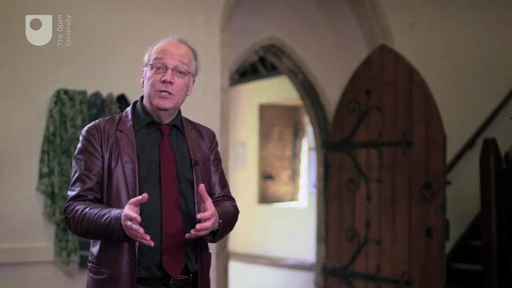Week 3: Reaching your audience
Introduction
Download this video clip.Video player: ou_futurelearn_talk_vid_1004.mp4


Transcript
Marshal Anderson
So far in this course we've focused on language. That is, the words chosen and arranged to convey the message. But a good talk is much more than that, just as watching a play is a very different experience from reading the script. The speed, volume and emotion with which the words are delivered all contribute to the message. The speaker's gestures, facial expressions, movements and appearance all play a part. This week you're going to study some examples of this. You'll also be considering the context of a talk. Depending on what your talk is about, the way you deliver it, and who you deliver it to, you might need to take different approaches.
So anticipate making some changes to your talk as you learn more about the various ways of conveying your message.
Interactive feature not available in single page view (see it in standard view).
Giving a talk is about more than simply the words which come out of your mouth. This week, you will be studying how you say things, and how you can use non-verbal communication to support the points you are making.
You will also spend some time this week considering your audience. Who are they? How will you keep them engaged in your talk?
